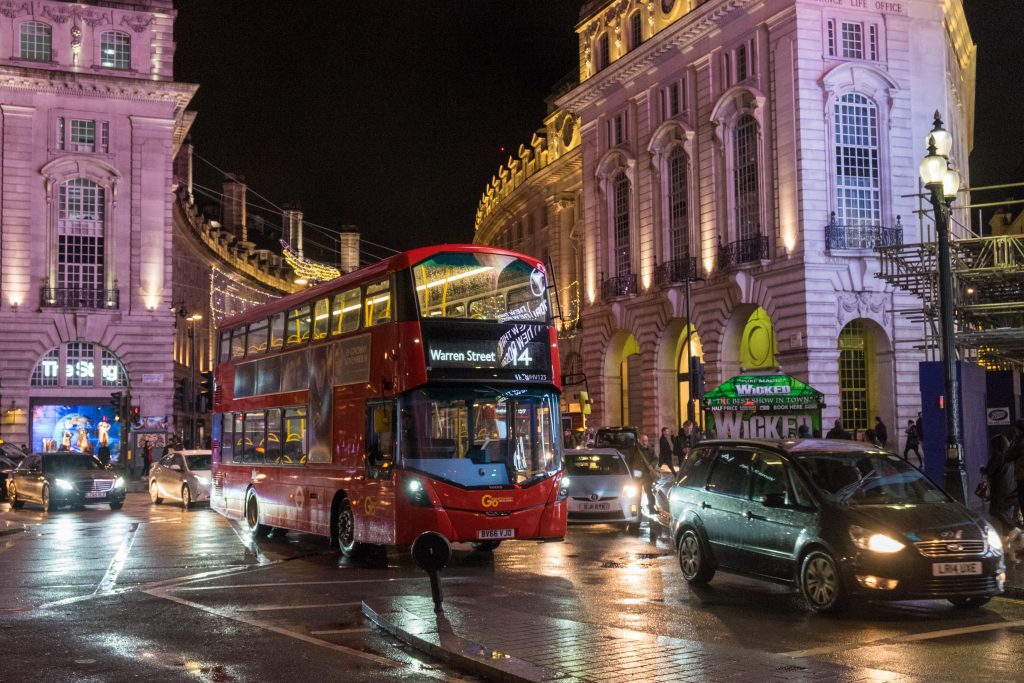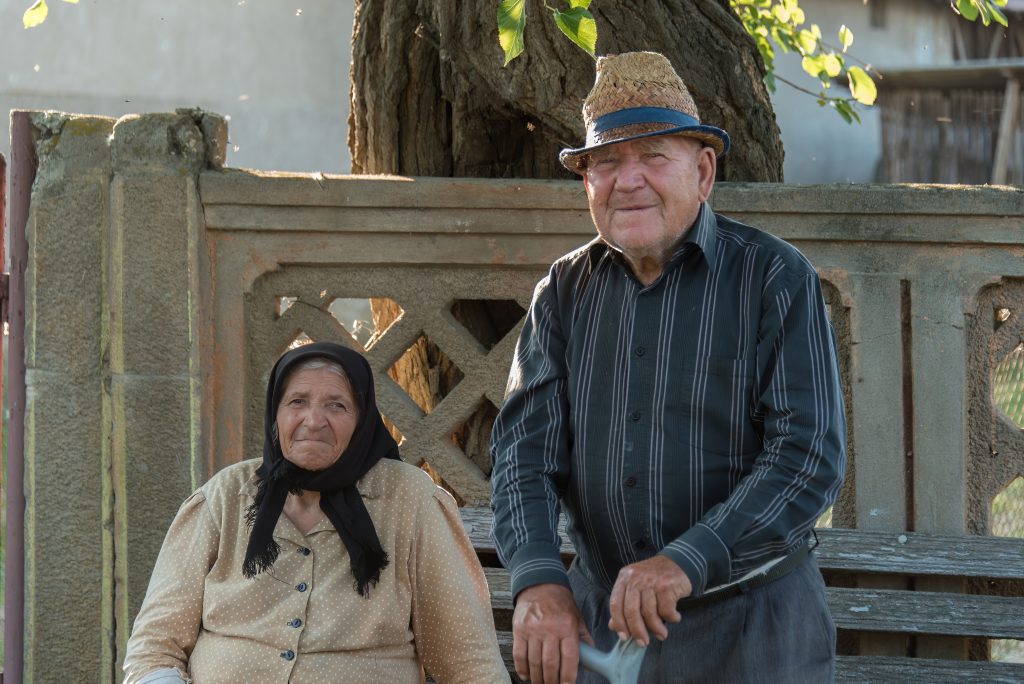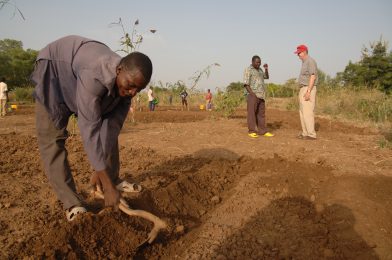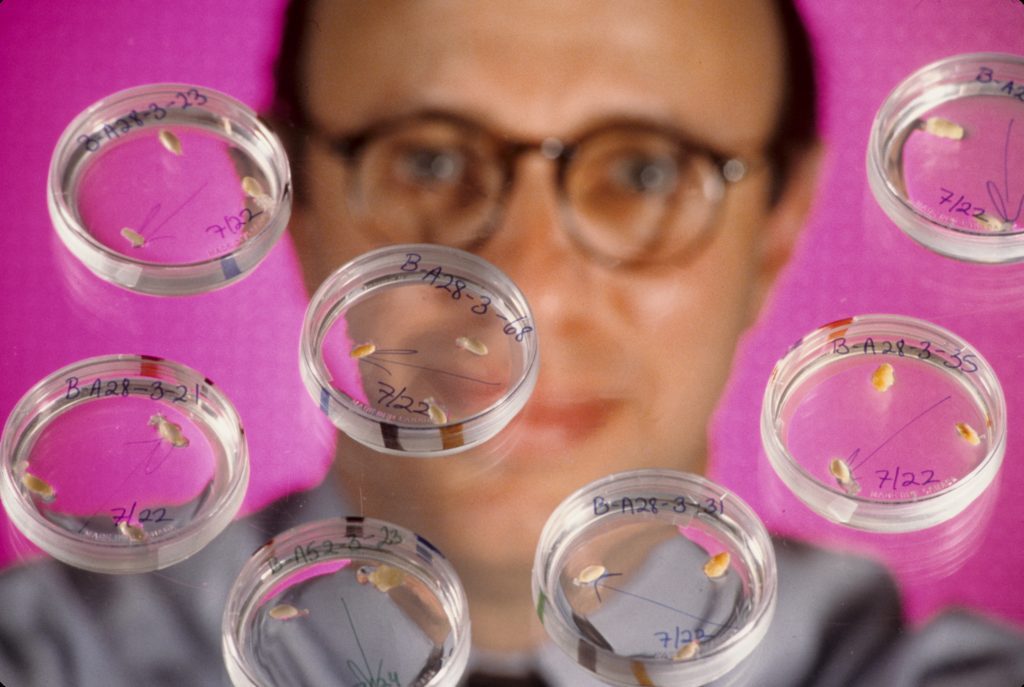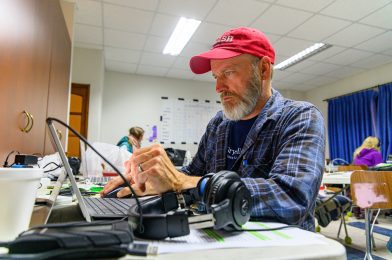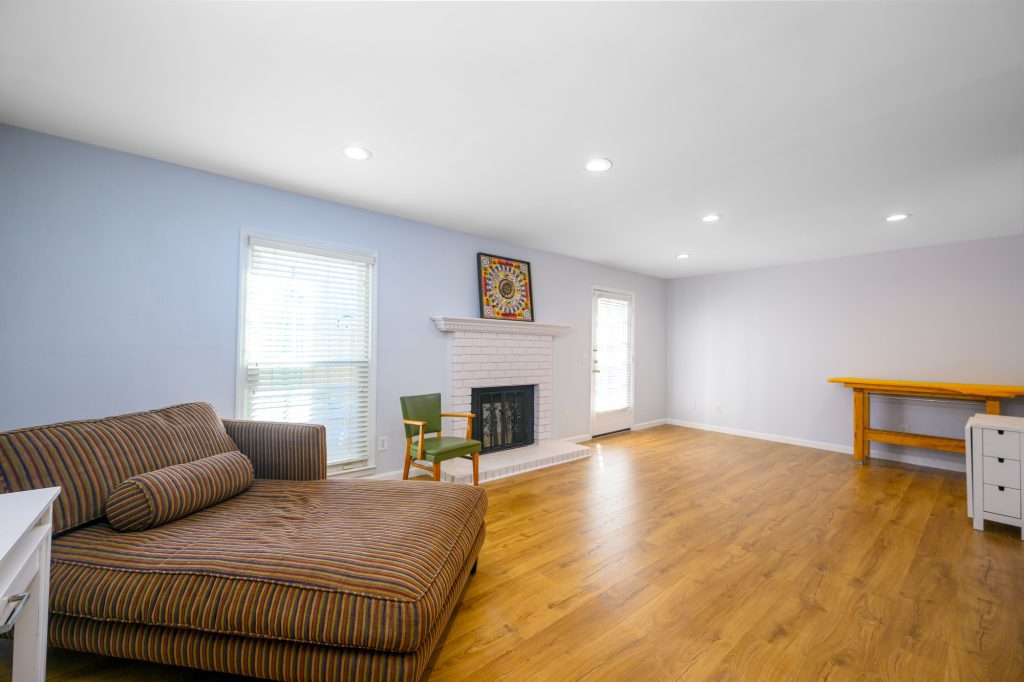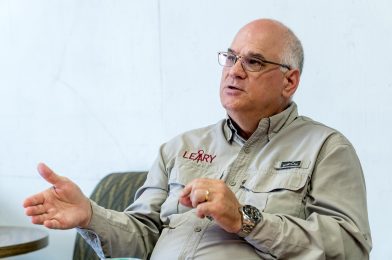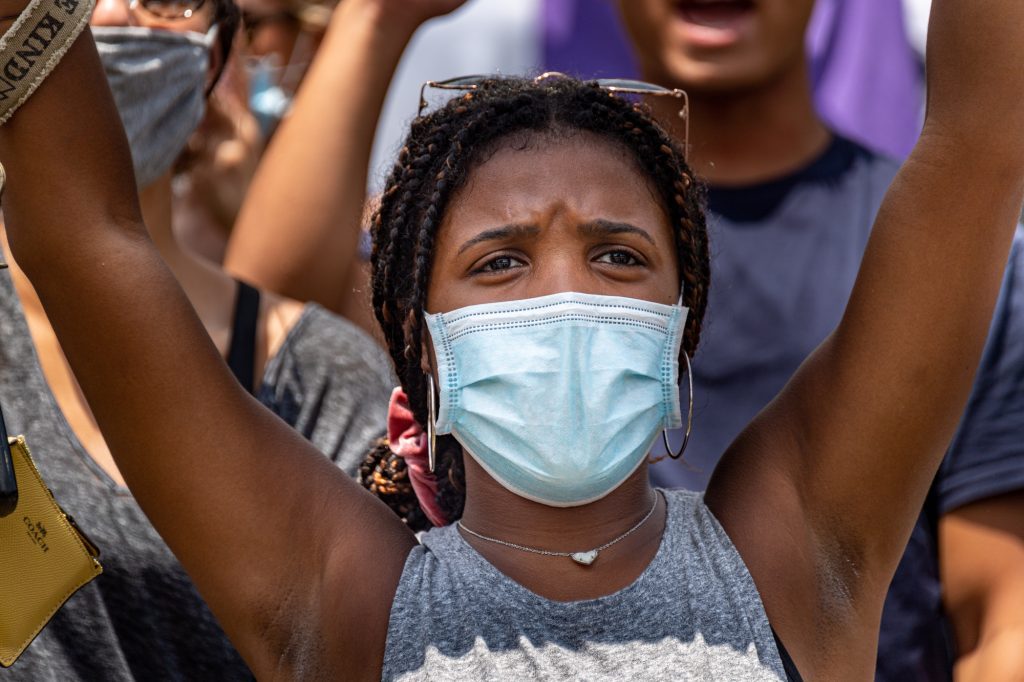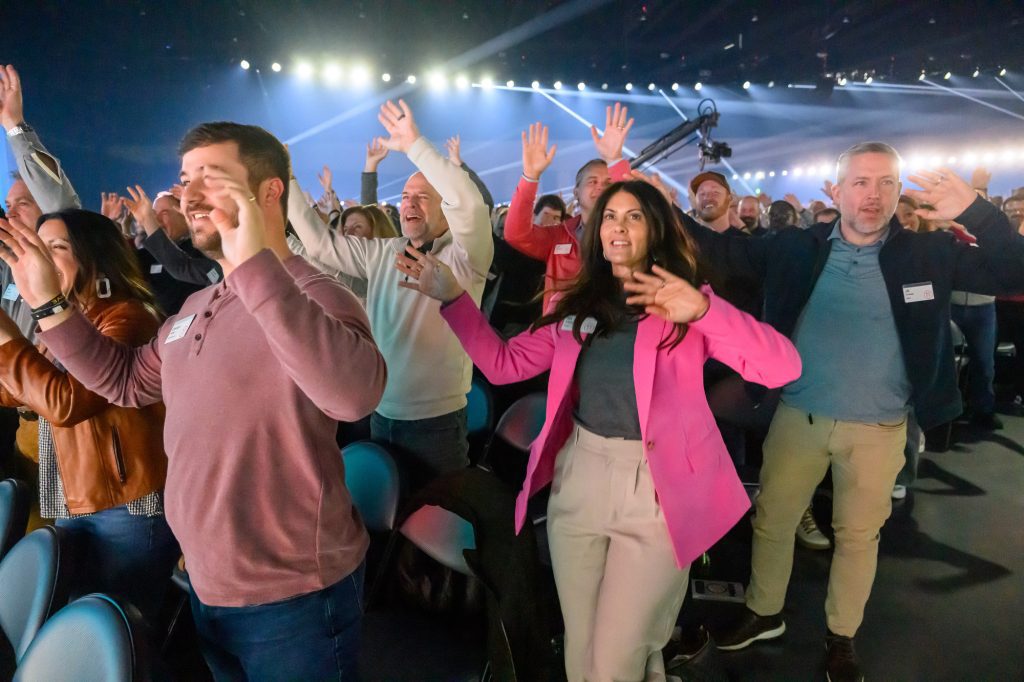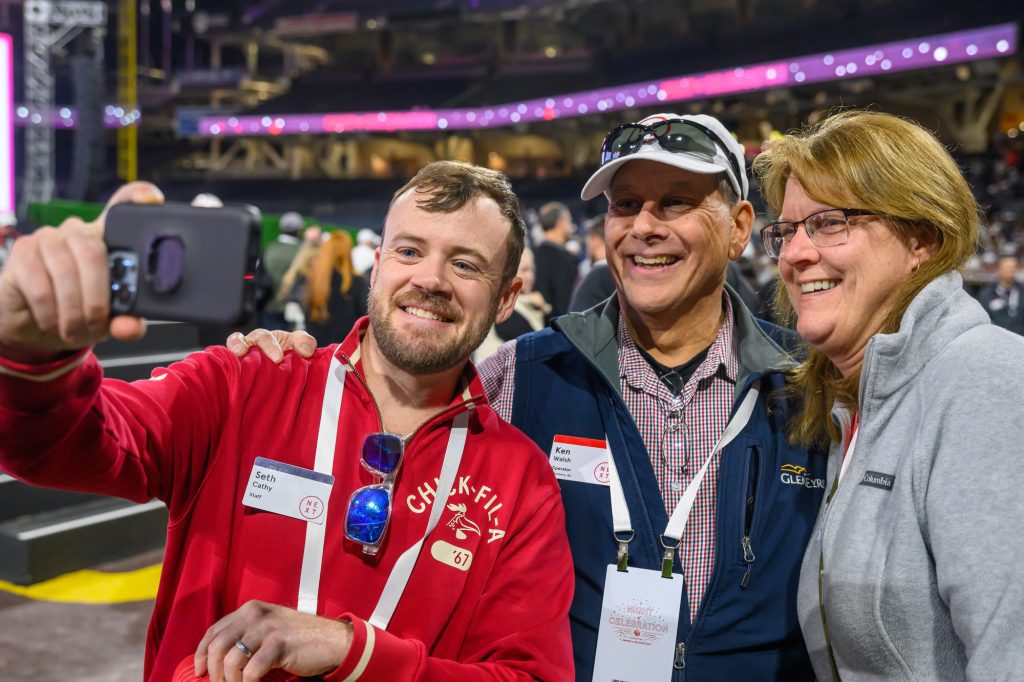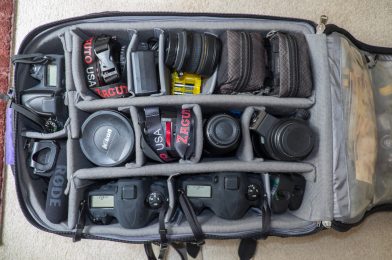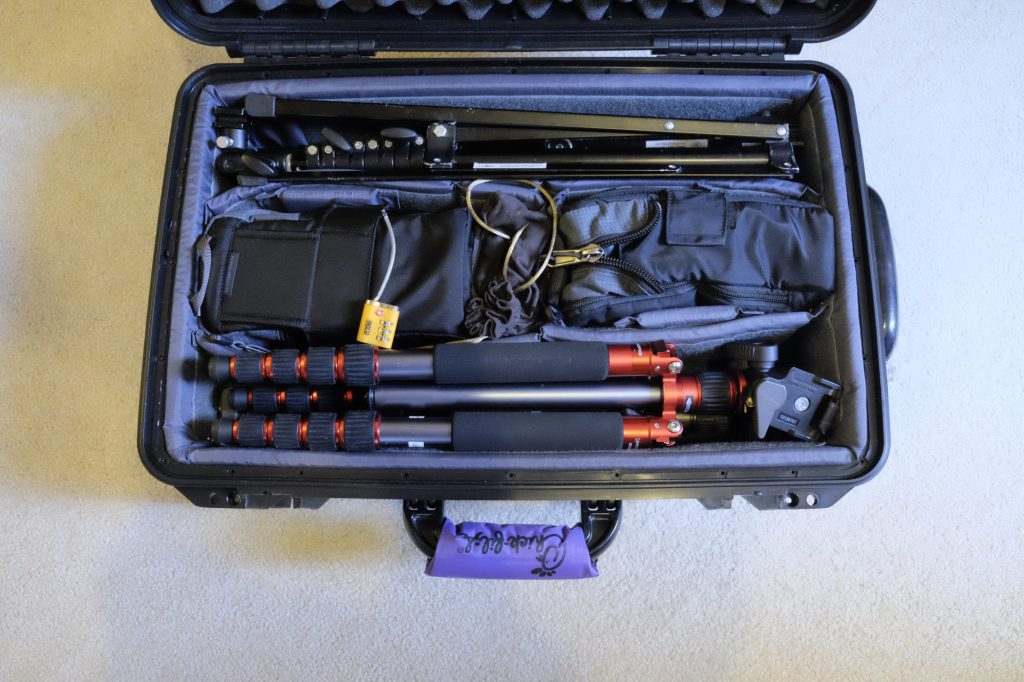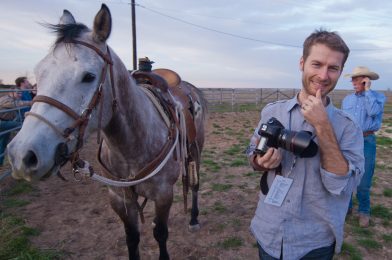In today’s digital age, a company’s website is often the first point of contact for potential customers. As a general rule of thumb, most businesses should aim to update their website at least once per quarter. However, if you’re in a fast-paced industry or have a website that requires frequent updates, you might need to spend time updating your site more often. Therefore, businesses must update their websites to make a positive first impression and stay relevant in the competitive market. Here are some reasons why it’s essential to keep your website current:
- Improved User Experience, An outdated website can be frustrating for users. Slow-loading pages, broken links, and outdated content can drive potential customers away from your site. Regularly updating your website ensures it’s user-friendly and easy to navigate, providing an optimal user experience.
- Better Search Engine Ranking Search engines like Google favor regularly updated websites with fresh and relevant content. Therefore, updating your website with new content, such as blog posts or news articles, can help improve your website’s search engine ranking, making it easier for potential customers to find your business online.
- Reflects Your Brand’s Image Your website is essential for showcasing your brand’s image and values. Keeping your website updated with the latest design trends and incorporating new features and functionalities can help you stand out in the market and effectively communicate your brand’s personality and identity.
- Increases Conversion Rates A well-designed and updated website can also improve your conversion rates. By regularly updating your site with new products or services, highlighting customer testimonials and success stories, and optimizing your call-to-action buttons, you can attract potential customers and increase your chances of converting them into loyal customers.
Regarding website design, headshots of your team members can add a personal touch and help establish trust with potential customers. However, using professional and consistent headshots throughout your website is essential to maintain a cohesive look and feel. Typically, team members who interact with customers, such as salespeople or customer support staff, should have headshots on your website.

Besides using headshots, here are some other things to keep fresh on your website:
- Content – Regularly update your website with new blog posts, product descriptions, and other content to keep visitors engaged.
- Design – Incorporate the latest design trends and features to keep your website looking modern and relevant.
- Functionality – Ensure that your website is easy to navigate and fully functional on all devices, including mobile.
- Security – Regularly update your website’s security features, such as firewalls and SSL certificates, to protect your customers’ data.
Keeping your website updated is crucial for any business that wants to succeed in today’s digital landscape. Regularly updating your website’s content, design, and functionality can improve your user experience, search engine ranking, and conversion rates, ultimately helping your business grow and thrive.
The Importance of Promoting Your Website: Your Virtual Address in the Online World
Think of your website as a virtual address in the vast world of the internet. Like a physical mailbox, it serves as a point of contact where people can find and reach out to you. However, simply having a website is not enough to guarantee that people will stumble upon it.
You must promote and advertise your website to make it visible to potential visitors. Just as you would let people know your physical address by giving them directions or writing it on a business card, you must actively tell people about your website’s existence and where to find it. This can be done through various means, such as social media, search engine optimization, and paid to advertise.
Without promoting your website, it becomes just another virtual space in the vast expanse of the internet, hidden away from the world. But with effective promotion, your website can become a valuable tool for growing your online presence and reaching your target audience.
So, treat your website like a virtual address and take the necessary steps to make it known to the world. With proper promotion, your website can become a beacon that attracts visitors and increases your online endeavors’ success.



